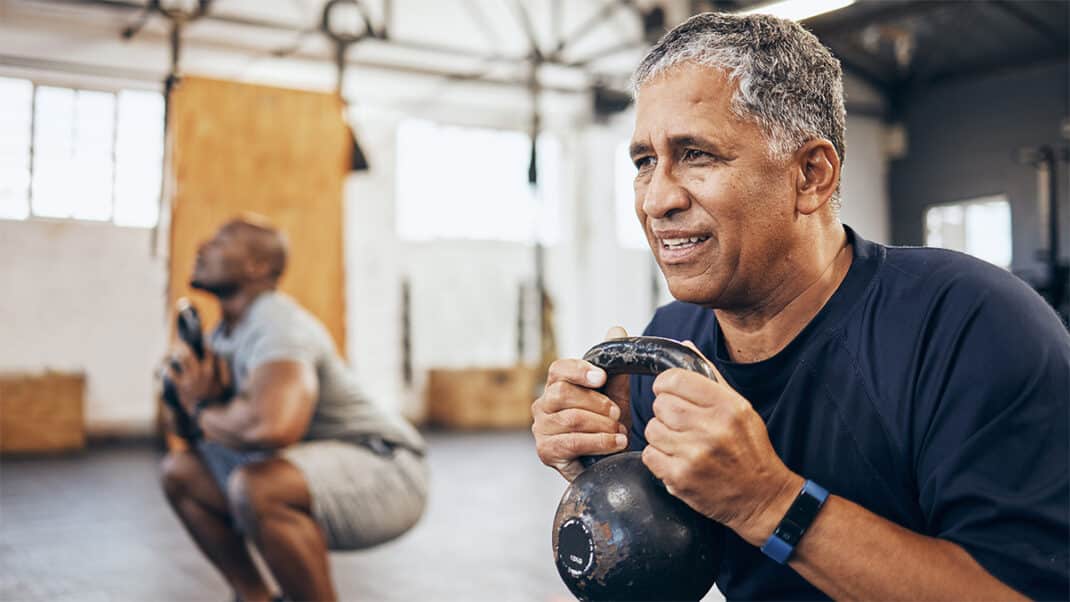It seems that each day a new study is published on best practices for building muscle. Many experts tout lifting resistance that is heavy enough to allow only 8–12 repetitions. Some experts believe a 3- to 5-rep strength-power protocol is best. Others argue for a much higher number of repetitions and less resistance. The endless research can be confusing. Is there really one best method for building muscle?
“The best way to build muscle is to increase the volume and density (more work, less time) of the workout,” suggests Jill Coleman, MS, owner of JillFit Physiques in Winston-Salem, North Carolina. “Workouts that are high-volume tend to increase lactic acid locally in the working muscle. Lactic acid is a signaling molecule that leads to additional release of anabolic hormones like testosterone, growth hormone, etc.” Coleman believes that optimal results are derived from intensity, not from sets or repetitions. Individuals can gauge intensity using what she calls the Bs and Hs. “The Bs are ‘breathless’ and ‘burning,’ and the Hs are ‘heavy’ and ‘heat’ (sweating). Each of these outcomes [indicates] certain hormonal responses, like the release of testosterone (heavy); the release of growth hormone/lactic acid (burning); or the release of adrenaline/cortisol (breathless, heat). All of these outcomes create the ideal hormonal ‘soup’ for muscle building and fat loss.”
Do you want to integrate this type of training into your regimen? Here are a few tips to keep your programs safe and effective:
- Use workout timing instead of sets and repetitions. For
example, try a 1-minute rep technique (perform
10-repetition maximum on a chosen exercise for 1 minute, resting throughout as needed) or a 5-minute exercise
period. The goal is to reach failure or rest several times during the timed sequence—resulting in a very dense
yet effective muscle-building program. - Speed up the pace of a workout in general and decrease workout time. For non-endurance
athletes, an hourlong session is too long. Sessions lasting
an hour or longer encourage pacing, which is the opposite of intensity. In addition, studies indicate that regardless
of intensity, cortisol release begins to rise unopposed around the 40-minute mark, leading to enhanced muscle breakdown, especially in cardiovascular workouts.
Ryan Halvorson
Ryan Halvorson is an award-winning writer and editor, and IDEA's director of event programming.






